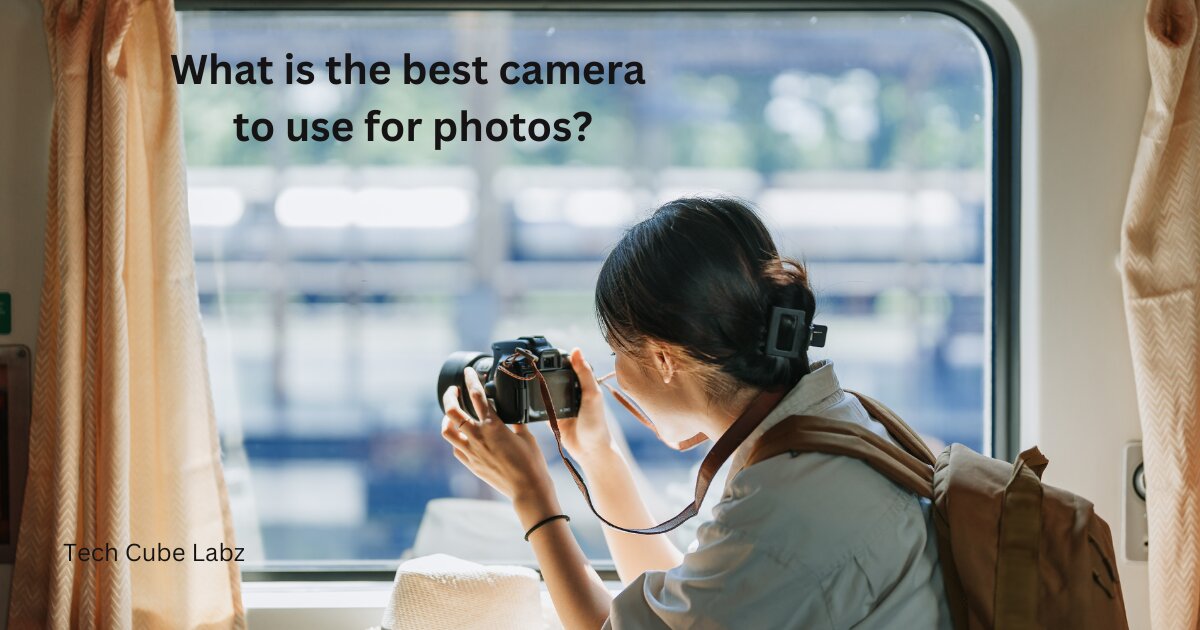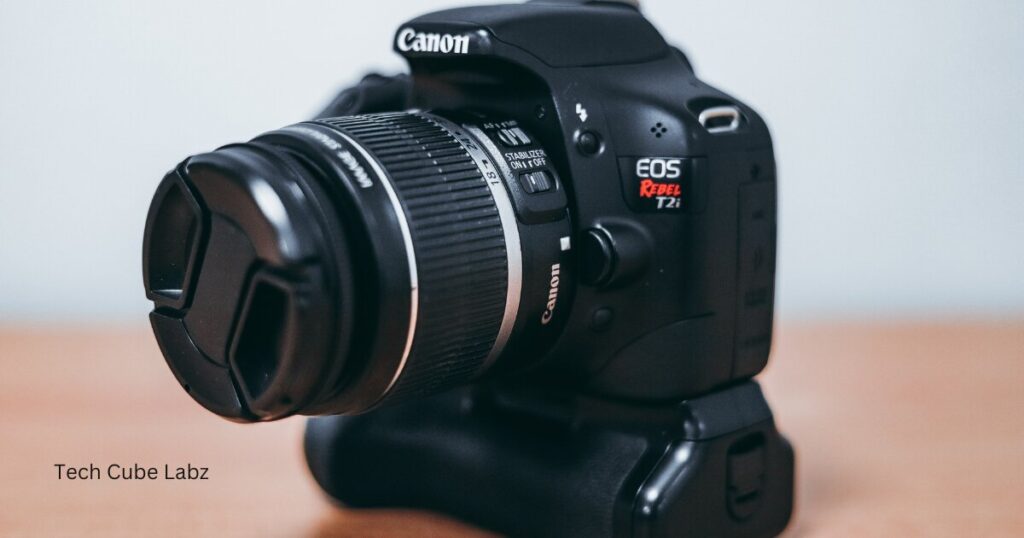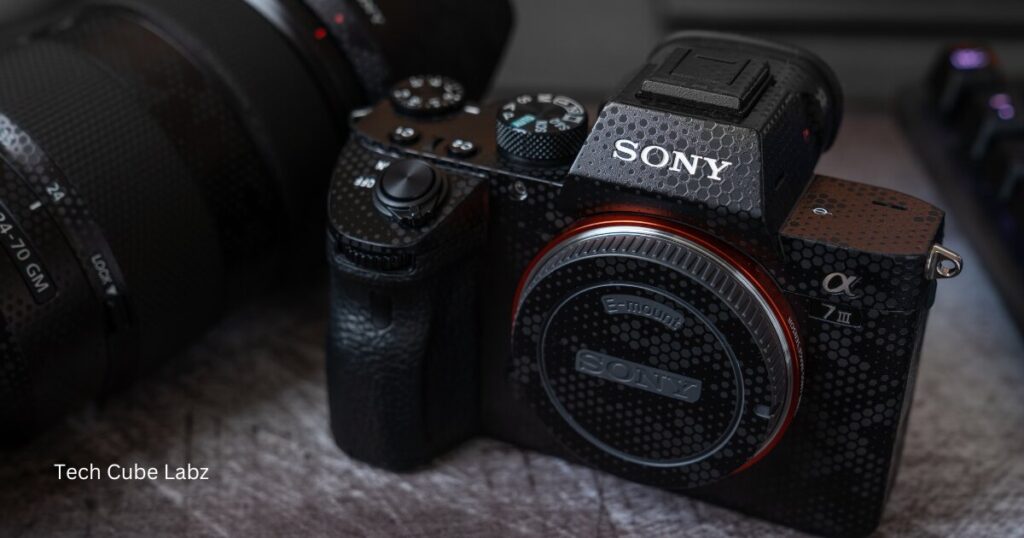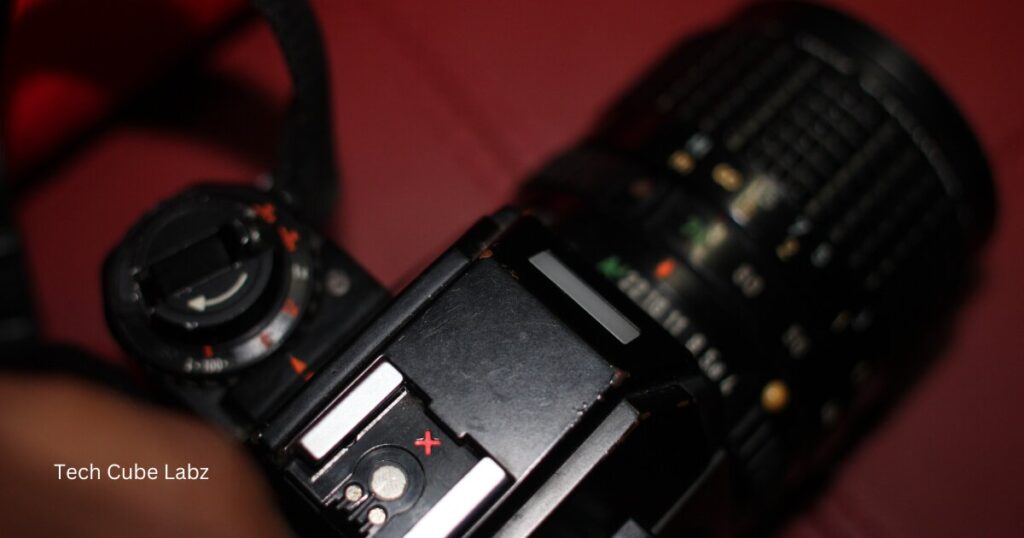
What is the best camera to use for photos?: We’ve learned something from reviewing hundreds of cameras: there is no perfect camera for everyone. We can certainly recommend our favourite stills cameras.
The best camera for you depends on your style and what you shoot. Our list includes everything from the top travel cameras to the top choices for sports photography.
Please read our entire guide for a complete picture of cameras in 2024. Each entry provides a summary of the testing feedback based on real-world reviews. Our team of experts checks everything, from the build and handling quality to image quality and autofocus.
This helps us form an overall picture of what each camera is best for. We are honest about both the positives and negatives to help you make a decision.
We’ve learned something from reviewing hundreds of cameras: there is no perfect camera for everyone. We can certainly recommend our favourite stills cameras.
The best camera for you depends on your style and what you shoot. Our list includes everything from the top travel cameras to the best options for sports photography.
7 powerful camera to use best for photos
- Canon EOS R5
- Sony A7R IV
- Olympus OM-D E-M1X
- Nikon Z6 II
- Sony A9 II
- Pentax K-1 Mark II
- Pentax K-1 Mark II
1. Canon EOS R5
The EOS R5 lets you be creative with your photos and videos in ways that you never could before. You can capture stunning 45-megapixel photos up to 20 frames/second or switch on 8K 12-bit RAW video that uses the full width of the sensor.
The advanced AF uses deep-learning artificial Intelligence, and the in-body stabilisation is used in conjunction with a lens IS to protect against camera shake up to eight stops*.
Tim is TechRadar’s Cameras Editor. With over 15 years of experience in the photo and video industry and the majority of that time in tech journalism, Tim brings a deep technical understanding and practical knowledge of all things camera-related. He says, “There are many great cameras for photographers.”
We’ve chosen specific cameras that are suitable for different types of photography when compiling this list. [What is the best camera to use for photos?]

2. Sony A7R IV
Sony’s a7R III and a7R II cameras were released in September, but the 60MP resolution was not the only thing that grabbed the attention of many. The company has also been busy working to refine the interface and the body.
This camera is much easier to use than previous a7 cameras, allowing you to focus on the photography and make full use of those 60 megapixels.
The Z6 II can shoot 14 frames per second at its maximum, but only when you are willing to use just one AF point.
You will also have to accept a slight loss in dynamic range if you choose 12-bit raws. The camera can shoot at 12 frames per second if you just want it to track the subject or choose an AF point. [What is the best camera to use for photos?]
Read Also: Can I use a normal microphone for DSLR?
3. Olympus OM-D E-M1X
The E-M1X can shoot at 10 frames per second with its mechanical shutter or 18 frames per second with the electronic one, with both having continuous autofocus. This second number is faster compared to the Canon EOS-1D X II’s 14 fps and the Nikon D5’s 12 fps.
It also has a larger buffer than Panasonic G9 20 fps. The autofocus is very good, especially when the AF-C sensitivity level is at its maximum. However, it is not as reliable as other cameras.
The EM1X is equipped with a fast readout, fast processing and a variety of new modes and features. The EM1X promises to deliver new levels of performance when it comes to weather resistance.
The E-M1X is similar to the E-M1 II twin-grip but with two batteries and more powerful processors. The camera is interesting because of what it can do with the extra power. [What is the best camera to use for photos?]

4. Nikon Z6 II
The Z6 II is an incremental update to the Z6. It extends the capabilities of the camera a bit but offers a well-rounded set of features for stills and videos.
Hardware-wise, the Z6 II is a slight update to the original Z6, with a slightly enhanced feature set and a second Expeed 6 Processor.
Nikon claims that autofocus performance is incrementally better than the Z6. However, the most noticeable feature change has been the addition of eye and face detection (both animal and human) to wide area AF.
These features were previously only available with the ‘Auto’ AF area, which meant the camera chose where to focus. You can now add them to the wide area to limit the search for faces.
The Z6 II is a great upgrade to the Z6. It offers UHD 4K at 60p in a firmware update that will be available for free in February 2021.
The higher-rate footage will be derived from an APSC cropped sensor and is only available for internal recording. [What is the best camera to use for photos?]
Read Also: What is the wireless range of a Ring camera?
5. Sony A9 II
The shutter button will maintain a precise focus after the subject has been selected. Positional changes are tracked accurately, allowing you to frame your shot as you focus on taking the best picture.
Real-time eye AF maintains focus on a subject’s eye even when an object is in front of it. This can be done by half-pressing the shutter or pressing AF-ON or a custom-made button.
The advanced AF algorithms improve AF accuracy at light levels down to EV-3. Focus Priority Aperture Drive is a feature that allows for better focusing when in dim light and the aperture is closed.
The multi-selector allows you to move the focus zone even when the shutter button is half-pressed. The focus frame can be conveniently set to either red or white, depending on the scene. [What is the best camera to use for photos?]

6. Fujifilm X-T4
Fujifilm’s X-Tx camera line has a trend to increase in size with each generation slightly. The smaller XT5 broke the trend, but the XT4 was still the largest camera in the line-up.
The difference between the two is not noticeable when placed side by side, but it is evident in the hand. The difference is obvious. They are taller, wider and thicker.
Fujifilm claims that the bigger battery and new IBIS system are the reasons. The NPW235 is almost twice as large as the NPW126S that was used in the previous X-T3. The battery life has improved significantly.
IBIS was the second factor that led to the increase in size. This sensor is magnetically held, unlike the spring-operated version in the X-H1.
It allows up to 6.5 stops of stabilisation. Fujifilm eventually managed to squeeze all these features into a smaller body, the X-T5, though at the time the X-T4 was released, it was impressive. [What is the best camera to use for photos?]
7. Pentax K-1 Mark II
The K-1 II is up against stiff competition, as many full-frame models are more expensive and have better specifications. For landscape and adventure photographers, it’s hard to find a camera that has as many unique and useful features.
These include built-in GPS for night photography, Astrotracer for night sky photos, sensor shift technology and LED lights (to help in the dark).
We’ve tested the K-1 II in the field as well as in our lab over the past few weeks. Please continue reading to find out how the K-1 II performed and how it compares with its competition. [What is the best camera to use for photos?]

Conclusion:
If you are looking for the best camera overall, the Sony A1 should be your top choice. The Sony A1 is a versatile camera that combines high resolution, fast speed and cutting-edge autofocus.
The Fujifilm 100S offers medium-format image quality in a compact body. Both options produce outstanding results to ensure your photos are of high quality. [What is the best camera to use for photos?]
What is the best camera to use for photos?: FAQ
1. How much camera quality is good?
Ans: What is the ideal number of megapixels for a camera? Most photographers will be satisfied with a megapixel count of 10-20 megapixels. If you do not need to print your photos or crop them, the megapixels will make little difference.
2. Which company is better for cameras?
Ans: Canon. Canon, which has made cameras since the 1930s and is often pitted against Nikon for years, still dominates the camera market today.
3. Is a 50 MP camera good or bad?
Ans: Does a 50 MP camera work well for smartphones? A 50 MP camera is good for smartphones. However, it’s not the only thing that affects image quality. Sensor size, lens quality and image processing software are also important. A high-quality lens and sensor are crucial for a camera phone of any quality.
